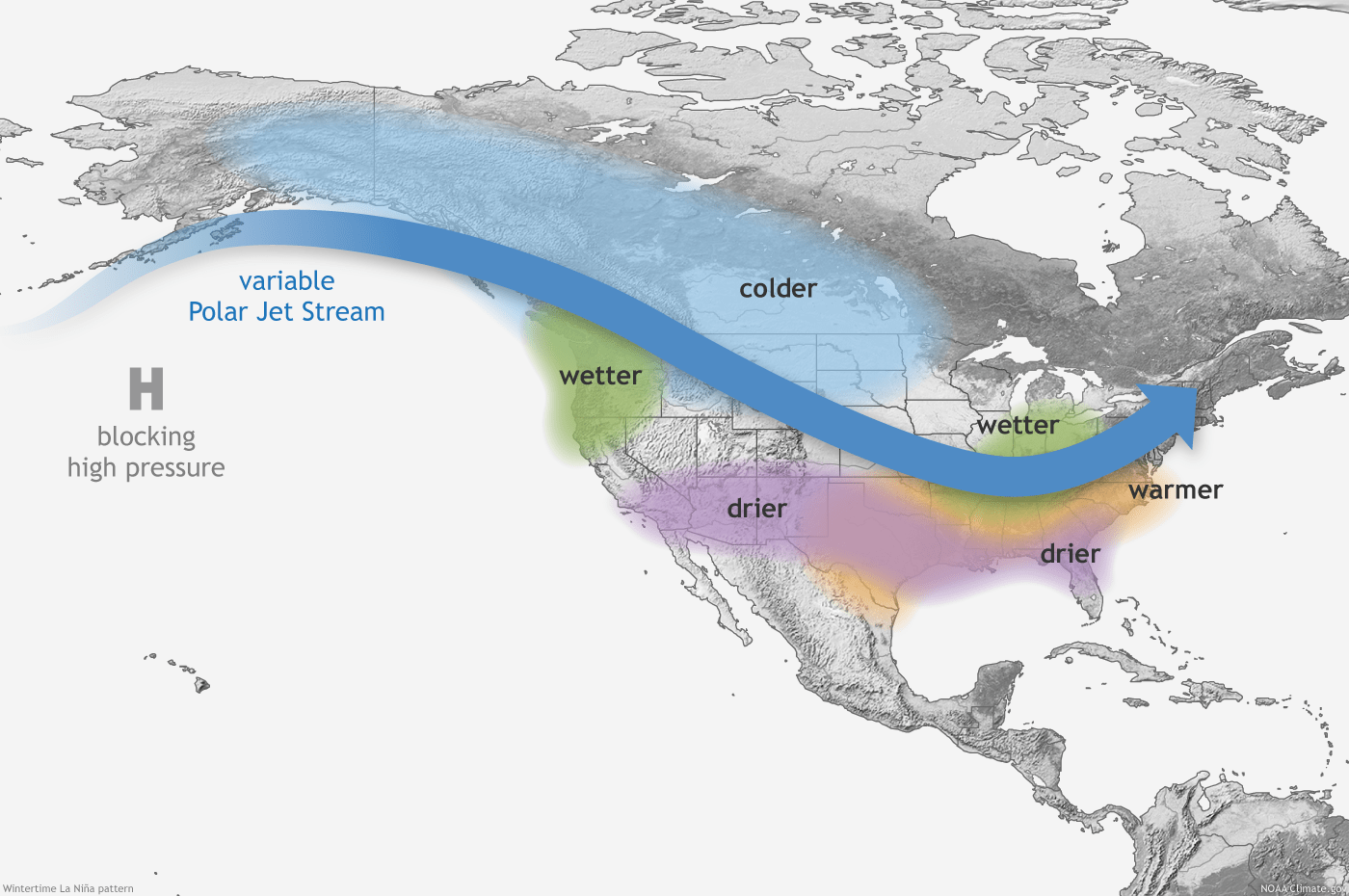Minnesota winter outlook: Will La Niña or climate change rule?
La Niña winters skew colder here but the climate change warming trend looks stronger

Typical La Nina winter pattern
National Oceanic and Atmospheric Administration
Go Deeper.
Create an account or log in to save stories.
Like this?
Thanks for liking this story! We have added it to a list of your favorite stories.


